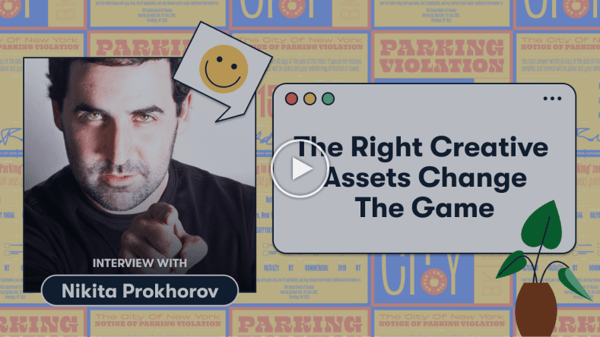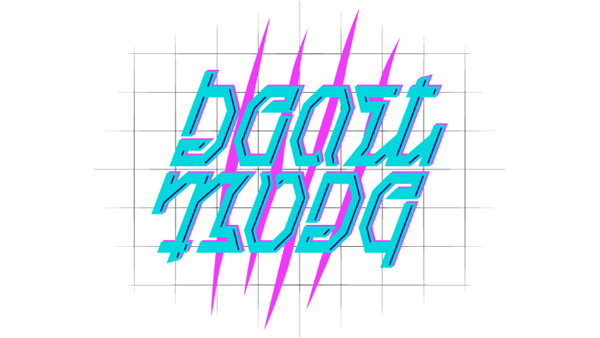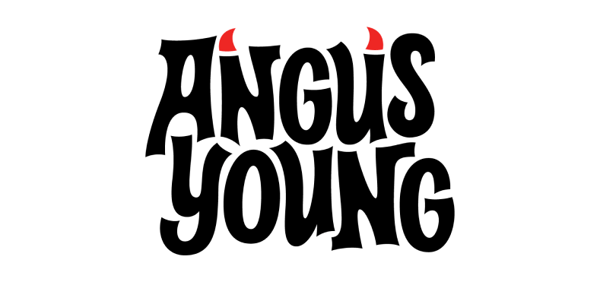Freelance designers – so many talents, so many creative outlets through which they showcase remarkable capabilities, so many potential clients waiting in the wings…and so many of those potential clients trying to pigeonhole them.
While not always the “jack-of-all-trades” type, freelance designers often have experience or expertise in more areas than one. For clients, that breadth of knowledge can prove either immensely confusing (those seeking a very specific skillset for a very specific problem) or immensely clarifying (those seeking a do-it-all solution). But either way, humans are gonna human – meaning they like to place definitive boundaries on things, including the type of work people do.
Hence the pigeonholing – Client A is simply looking to have a brochure designed, asks you if you’re able to do it, you say “of course,” and from then ‘till eternity you live in their phone as “Brochure Designer #176.” But you’re so much more than a brochure designer – do you simply stick to what the client wants? Do you hone one specialty or work within multiple frameworks of design? And how do you even find and maintain work as a freelancer?
To answer these questions and more, we sat down for a chat with Nikita Prokhorov, a lettering artist, graphic designer, design teacher, and pun developer extraordinaire whose passion lies in crafting unique typographic solutions for everyone from independent musicians to Fortune 100 companies.
Peep the highlight reel of our interview!

On What The Heck An Ambigram Is (2:36)
“We never actually rotate book pages, so it’s a word that from any perspective, other than its original, reads as the same or as a different word....The best example I can give is ‘SOS’ or ‘Save Our Souls’ or ‘Save Our Ship,’ and one of the reasons it’s a natural ambigram is because regardless of where you see it, they’ll read ‘SOS’ no matter which direction they’re looking at it from.”
It would be so weird and cool and mind bending to write all words this way. Crud, we’ve been limiting ourselves to one measly perspective this entire time. Sigh. So many wasted nights.
On What Makes Puns Good Or Bad (8:18)
“That’s a simple answer – an eyeroll, or a head shake, or a guttural ‘ugh, not again’ sound, that to me usually gauges the success of a pun. So if I get that reaction, it means the pun is great. A laugh is great, but a groan or eyeroll is much better.”
Finally, VINDICATION FOR PUN LOVERS.
On Those “Pun Haters” (9:05)
“We communicate with social media so much nowadays, and when I post a pun on Facebook and Instagram, one of the first comments is usually ‘oh that’s horrible’ or ‘oh that’s awful,’ but then you get a whole slew of people continuing to make puns spring boarding off the topic that I started…so they say they hate it, but then they start participating and that tells me a completely different story.”
Looks like the network effect is in full…effect…when it comes to puns.
On How Being A Freelancer Led To Working On Thor: Love & Thunder (12:16)
“…it turned out that we’re working on the titles for the movie Thor: Love & Thunder. The moment we went in the room and they told us what this was – I came onto the project a few days after everyone started – my jaw, I don’t know physically if my jaw is capable of hitting the ground, but I think if it was physically possible it would have been on the floor.
…it was a lot of lettering, a lot of sketching, a lot of digital work…it was throwing s--- at the wall and seeing what sticks…In the end, there were so many brilliant designs, I didn’t think that any of mine would be chosen…”
You never know where freelancer life is gonna lead or when opportunity will come knockin’, no matter what kind of work you find yourself saying “yes” to.

On Staying In The Freelancer Lane (14:58)
“One side, which may not be the most positive side but it’s just a fact of life, it’s been challenging to find full-time work sometimes – not necessarily because of lack of work but because of what I’m looking for and what the agencies are looking for. I have a very specific skillset, for better or for worse, it could be considered a very narrow skillset, but it’s one that I’m good at. And sometimes when agencies are looking for a full 360 – I hate that word – but a ‘360-degree designer’ that’s not something I can offer.
…just like any freelance work, every client is not the greatest fit for every designer, and vice versa. So by the virtue of working for so many different freelance clients…I figured out what I like and what I don’t like, and where I’m a good fit and where I’m not a good fit, and just went from there.”
In Know Yourself, Drake says, “You know how that should go,” and that applies to freelancing: it’s important to understand the specialties you bring to the table and not be scared to stick to them, even if doing so means you’re not a “360-degree,” “fits the general mold,” “suitable for any project” kind of designer. In fact, it might be more important that you’re not.
On Life As A Design Professor (19:02)
“But more importantly if I have a student or a group of students that are struggling with any aspect of design, whether it’s mood boarding, whether it’s sketching, whether it’s developing the final piece – when I see them fall into the final stages and they start to understand it better; and it’s not even necessarily about the final result, the end result, the outcome, but they start understanding the process of design better, the nitty gritty, the ‘what’s-under-the-hood’ versus what’s the final….that to me—understanding what it takes to get to the end result—is in a way more important than getting the end result.”
Creating effective designs is all about mastering the process of design. Once the process is understood, the designs themselves have a far smaller chance of being thrown off course when things go sideways and you have to take a detour – because you already planned (even subconsciously) for the possibility of said detour occurring. So “understanding what it takes to get to the end result” might be the best way for all of us—regardless of our chosen craft—to build resilience. Hey, that’s great advice, thanks Nikita!
Speaking of detours, here’s another one for ya…except it’s kinda an anti-detour...detour…because while it’ll probably take you away from what you should be doing, we wrote it as a resource to help you regain focus and remain intentional with your time.
.png?width=300&name=creative-intelligence-suite-nav-menu-img%20(1).png)


.png?width=104&height=124&name=Rectangle%201405%20(1).png)
.png?width=104&name=nav-thumbnail%20(2).png)



